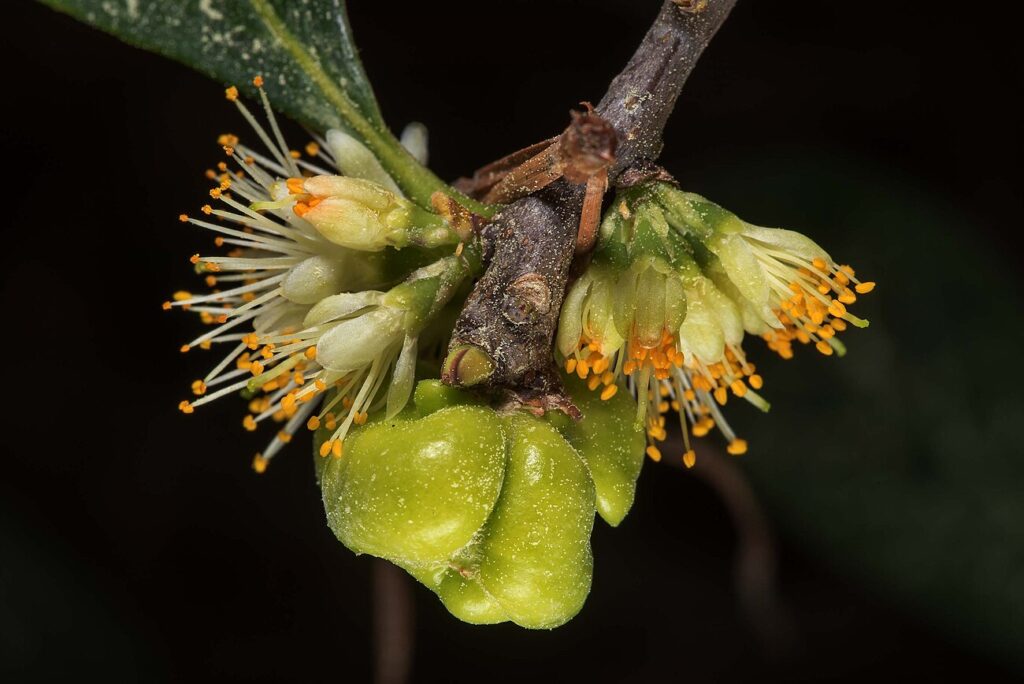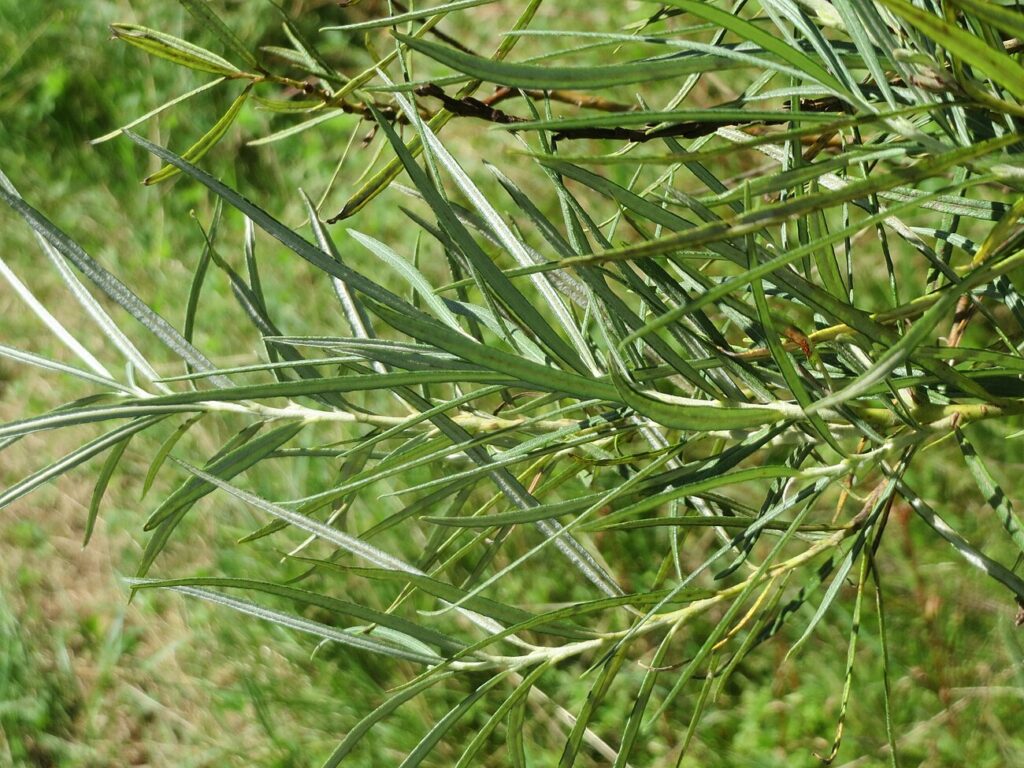Exploring Wisley barberry
Scientifically recognized as Berberis x ottawensis ‘Wisley and classified under Berberidaceae, Berberidinae, stands out as a distinctive Deciduous shrub known for its unique characteristics. While it may also be found under other Synonyms, Berberis ‘Wisley’, Berberis x ottawensis.withWisley form. You can use our free plant care app PlantPlants to identify Wisley barberry.
Temperature
-30 F (-34 C) to 100 F (38 C)
Watering
Moderate; allow to dry slightly between watering
Fertilizing
Balanced slow-release fertilizer
Sunlight
Full sun to partial shade
Toxicity
Berries are edible but should be eaten in moderation



Appearance and Growth Of Wisley barberry
At maturity, this species reaches approximately 3-4 feet tall and wide, presenting Small, evergreen to semi-evergreen leaves, typically green turning reddish in the fall along with Yellow flowers, small, borne in clusters in late spring, followed by Round, red to dark purple berries in late summer. These features are supported by a reliable Fibrous root system, ensuring stability and sustained growth.
Wisley barberry Origin and Habitat
Native to Hybrid cultivar developed in the United Kingdom, Wisley barberry thrives in Generally adapted to a wide range of soils at elevations around Low to moderate elevations. Best suited for USDA Hardiness Zone 4-7. Whether grown indoor, in a curated garden or a more natural setting, its ecological requirements help maintain its vigor over time.



How to take Care of Wisley barberry
Light, Soil and Watering Wisley barberry.
You can use our free plant identify app PlantPlants to chose the best spot for Wisley barberry, This plant prefers Full sun to partial shade and flourishes in Well-draining soil, tolerates clay and sandy soils with a soil pH of about 6.0 7.5.
Wisley barberry needs watering,Moderate; allow to dry slightly between watering, guided by PlantPlants app, You can get plants daily watering schedule. to maintain Moderate moisture; drought-tolerant once established, ensure steady hydration. Applying water through Deep watering supports even distribution and helps prevent overwatering or dryness.
Temperature and Humidity
Wisley barberry performs best within -30 F to 100 F (-34 C to 38 C). Its ideal growth occurs at around 60 F 75 F (15 C 24 C), though it tolerates ranges from -30 F (-34 C) to 100 F (38 C). Additionally, maintaining Normal humidity levels encourages healthy foliage and overall plant vigor.
Fertilization & Soil Health
Feeding with Balanced slow-release fertilizer at the recommended Seasonal Application Frequency on PlantPlants App keeps nutrients balanced. Incorporating Compost or aged manure enhances soil structure and fertility, while staying alert to Yellowing leaves, poor growth helps you adjust care as needed to maintain optimal plant health.
Routine and Maintenance
Regular attention ensures this plant’s beauty and longevity. Late winter to early spring before new growth for Light pruning to maintain shape and remove dead/diseased wood tidies its appearance, while Not typically necessary; planted directly into the garden may be necessary as it grows, requiring a Not applicable increase and a fresh General-purpose garden soil with good drainage. for Staking or Support. None required.
Seasonal Changes and Propagation of Wisley barberry
During Winter months (Dec-Feb), growth may slow and some Leaves may turn burgundy or reddish in fall before falling can occur. For those looking to propagate, consider Cuttings or division and provide Stratify seeds for 30 days before sowing in spring when starting from seed. If using cuttings, follow Take softwood cuttings in late spring or semi-ripe cuttings in summer, use rooting hormone, and keep moist to ensure successful rooting and healthy new plants.
Pests, Diseases and Prevention
our free plant identify and care app PlantPlants can help you diagnosisWisley barberry problems.Though generally robust, keep watch for Aphids, spider mites, scale and remain vigilant against Powdery mildew, root rot in overly wet conditions. Implementing Good air circulation, proper watering practices and applying Insecticidal soap for pests, fungicides for diseases when issues arise will help sustain the plant thriving.
Companions and Uses of Wisley barberry
This plant pairs nicely with Ornamental grasses, daylilies, sedums, coneflowers and shows None known, making it a flexible choice for various Borders, mass plantings, hedges, or erosion control.
Edible and Cultural Aspects
the Edible Parts: Berries. Toxicty of Wisley barberry, Berries are edible but should be eaten in moderation. learning about its Late summer to early fall; pick ripe berries, Used in jams, jellies, and as a flavoring in some dishes, and High in vitamin C and antioxidants can be intriguing for culinary explorers. Some traditions highlight its Historically used for its potential anti-inflammatory and antiseptic properties or note its Often used in gardens for its aesthetic appeal and wildlife benefits.
Conservation and Status
With an Not evaluated (cultivar), proper Cultivation of the species in gardens may reduce pressure on wild populations of related species.
Frequently Asked Questions
1. What is Wisley barberry?
Wisley barberry is a deciduous shrub known for its attractive foliage, yellow flowers, and red berries.
2. How tall does Wisley barberry grow?
It typically matures to about 3-4 feet tall.
3. What type of sunlight does Wisley barberry need?
It prefers full sun to partial shade.
4. Are the berries from Wisley barberry edible?
Yes, the berries are edible but should be consumed in moderation.
5. When should I prune my Wisley barberry?
Pruning is best done in late winter to early spring.
6. How often should I water Wisley barberry?
Water every 7 days in summer and allow the soil to dry slightly between watering.
7. What are the common pests affecting Wisley barberry?
Common pests include aphids and spider mites.
8. How can I propagate Wisley barberry?
It can be propagated through cuttings or by division.
9. Does Wisley barberry attract wildlife?
Yes, it can attract birds due to its berries.
10. What soil conditions does Wisley barberry prefer?
It prefers well-draining soil, tolerating a range of soil types.

